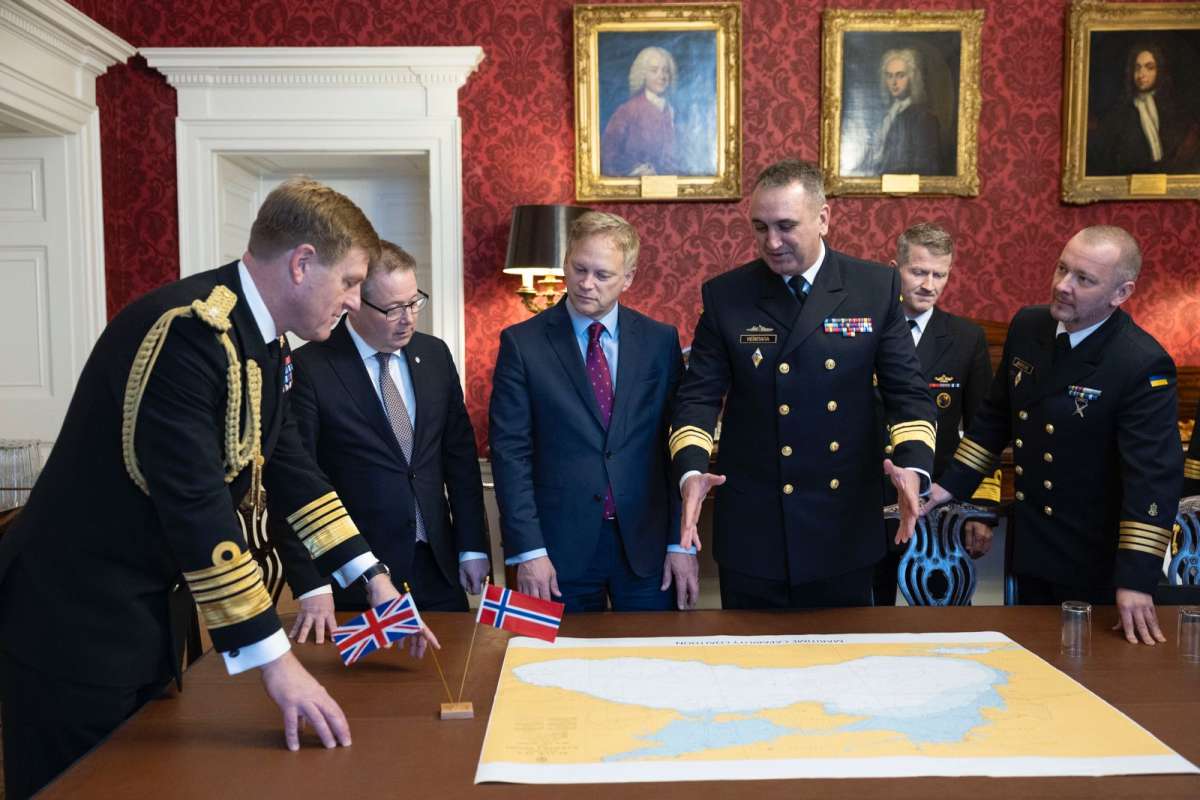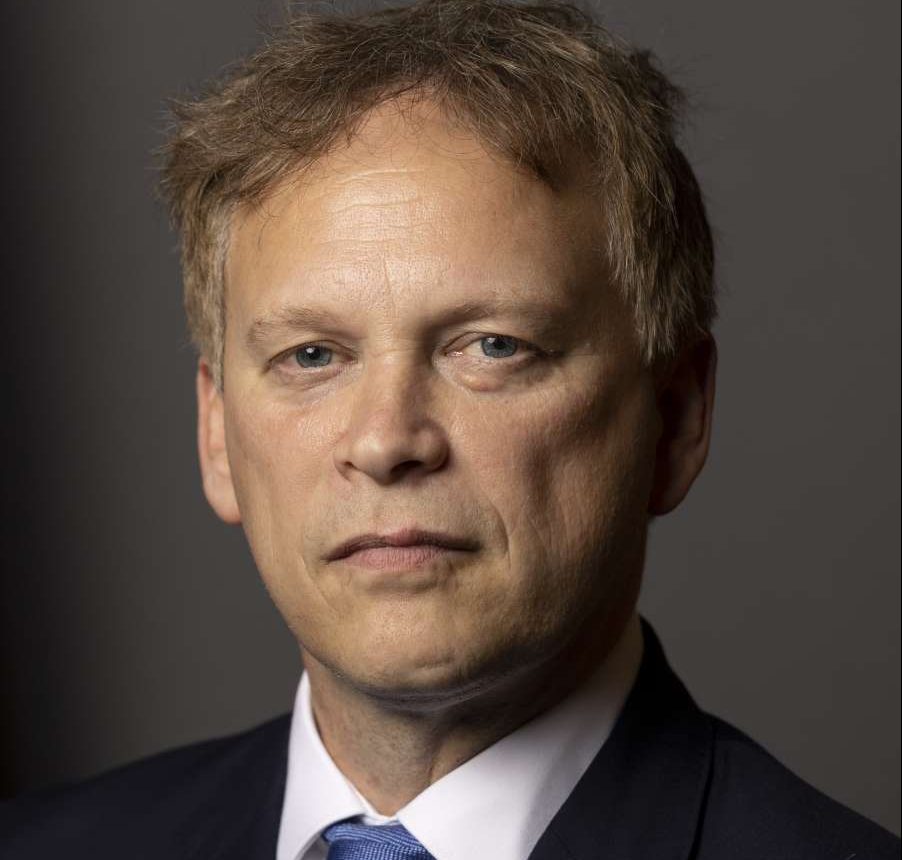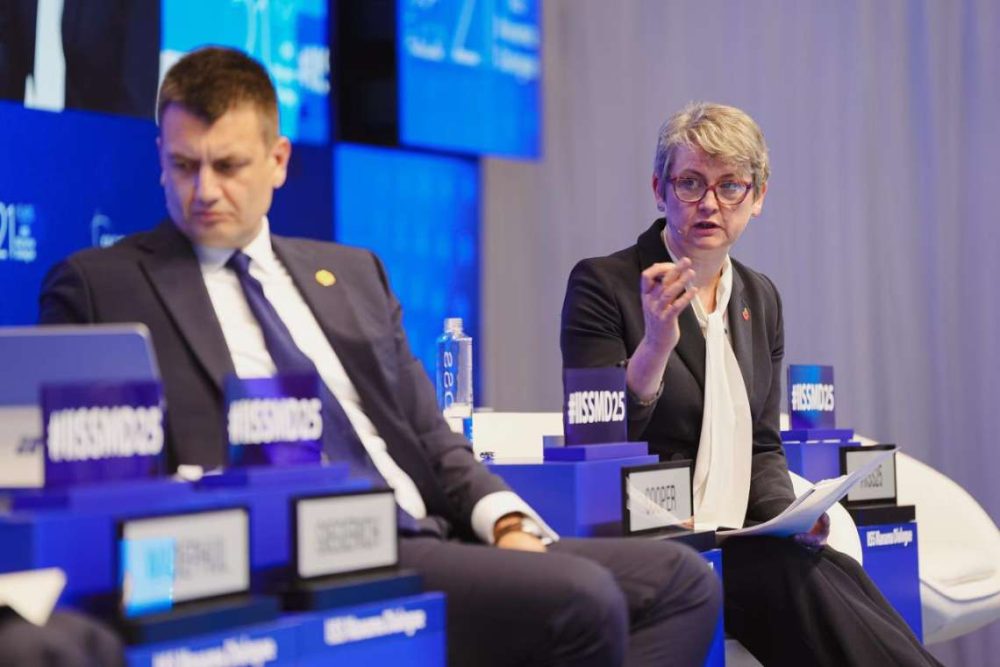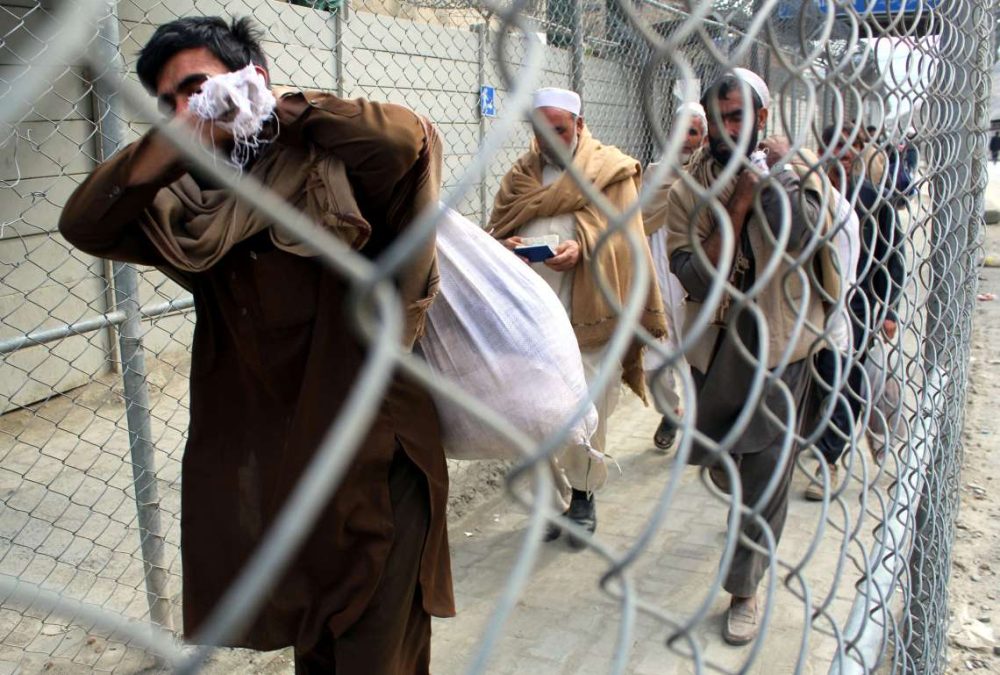Backed by defence spending rising to 2.5% of GDP by the end of the decade, the announcement means that there are now up to 28 warships and submarines planned or in build to benefit the Royal Navy…reports Asian Lite News
With up to 28 warships and submarines in the pipeline, backed by defence spending rising to 2.5% of GDP, Britain is seeing a new Golden Age of shipbuilding, Defence Secretary Grant Shapps said.
Speaking at the annual Sea Power Conference in central London, the Defence Secretary announced that up to six new state-of-the-art warships will be built in the UK to strengthen Royal Marines special operations, as part of the Government’s plan to deliver a secure future for families across the United Kingdom.
Backed by defence spending rising to 2.5% of GDP by the end of the decade, the announcement means that there are now up to 28 warships and submarines planned or in build to benefit the Royal Navy.
Defence Secretary, Grant Shapps said, “With up to 28 ships and submarines being built or in the pipeline, this is a new Golden Age for British shipbuilding. The new vessels for the Royal Marines will help our brave Commandos fight the conflicts of the future. This is all possible because this government has committed to spending 2.5% of GDP on defence by the end of the decade, as part of our plans to deliver a more secure future for you and your family.”
The Defence Secretary announced that HMS Albion and HMS Bulwark will not be scrapped or mothballed before their planned out of service dates of 2033-2034.
The new ships are known as Multi Role Support Ships (MRSS) – specialist warships designed to rapidly deliver the famous Royal Marines Commando Force onto coastlines around the world to conduct special operations.
It brings the total number of UK-built ships and submarines in the pipeline to benefit the Royal Navy to up to 28, with Type 26 and Type 31 in Scotland, Astute and Dreadnought submarines in Barrow-in-Furness, and Fleet Solid Support ships in Belfast and Devon.
The First Sea Lord, Admiral Sir Ben Key, said, “I am delighted that the Secretary of State has cemented the future of our Royal Marines by committing to this new class of up to six amphibious vessels. These will be the most capable amphibious warships the nation has ever owned, designed to be fully interchangeable with our closest allies in Europe, and in NATO. I also pay tribute to the sterling service of the two Type 23 frigates that were announced for retirement today – collectively they have deployed worldwide, conducted dozens of live operations, and have far surpassed their expected service life. While always sad to pay off such fine warships, their decommissioning marks the next stage of our reinvestment in new, more modern frigates.”
MRSS will be highly flexible warships, able to deploy on a wider variety of operations, and designed to carry vehicles, aircraft, insertion craft and a broad range of uncrewed systems for complicated missions. They will also be able to act as primary casualty receiving ships, providing urgent medical care to our forces wherever they are deployed.
The MOD has entered the first, or Concept, phase of the MRSS Programme and will work with industry as part of early market engagement ahead of developing the vessel design.
In line with the National Shipbuilding Strategy, there will be up to six MRSS built overall, which will replace current capabilities, including the two Landing Platform Docks, three Landing Ship Dock (Auxiliaries) and the Aviation Support Ship RFA Argus, in the early 2030s.
Defence Equipment & Support CEO, Andy Start said, “With the MOD’s new Integrated Procurement Model in place and DE&S undergoing its biggest transformation in a decade we are aiming to be faster, more efficient, more innovative, more integrated and more productive when delivering new equipment such as the Multi-Role Support Ships for the Royal Marines. Our MRSS team has already begun engaging with the potential shipbuilding market to lay the groundwork for this versatile and essential future capability.”
The Defence Secretary announced that HMS Argyll and HMS Westminster, that have a combined service of 63 years, will be retired. HMS Argyll has been sold to BAE Systems and will be used within the UK’s vibrant shipbuilding sector, supporting apprentice training in line with the Government’s agenda on skills and shipbuilding capacity.
ALSO READ-Undeterred Sunak set to scrap graduate visa scheme














